![]() We get a lot of calls here at BUILD from clients who are thinking about buying a piece of real estate and taking on a project. They’re usually pretty serious about a particular house or lot, however, it’s typical that there are a handful of unknowns about the project. The issues may include: placing their program (needs, wants) within that property, the allowable buildable area of a challenging site, easement access to the property, or the practicality of building the desired home within pre-existing neighborhood covenants, to name only a few of the possible issues. They’re all very good concerns and a savvy home buyer knows that an unfavorable code, provision or covenant can be a show stopper.
We get a lot of calls here at BUILD from clients who are thinking about buying a piece of real estate and taking on a project. They’re usually pretty serious about a particular house or lot, however, it’s typical that there are a handful of unknowns about the project. The issues may include: placing their program (needs, wants) within that property, the allowable buildable area of a challenging site, easement access to the property, or the practicality of building the desired home within pre-existing neighborhood covenants, to name only a few of the possible issues. They’re all very good concerns and a savvy home buyer knows that an unfavorable code, provision or covenant can be a show stopper.
At the same time, good property is becoming increasingly difficult to find here in the Pacific Northwest, and while a potential homeowner is sorting out the value vs. risk equation, someone else (with more insight or less aversion to risk) may scoop up the property.
So it’s a real conundrum for potential homeowners who don’t have a good system for assessing the value vs. risk equation. We’ve worked with enough clients now on this very scenario that we think it’s a good time to document the BUILD strategy for securing property while limiting risk. This system applies to mid-century remodels, new homes on existing foundations, new homes on fully-demolished structures and new homes on blank lots.
And the process goes like this:
A potential homeowner doesn’t want to spend too much time contemplating whether or not the project/ property in question is “right”. If it seems to meet their basic criteria and general gut-check, then they really want to quickly make the best offer they can and include a 28 day feasibility period with the purchase agreement. This secures the property so that it can’t be taken off the market, or snatched up by someone else.
Once the property is secured, BUILD works with the clients to figure out if the property can be melded, both in schematic design and costs, into something that fits their lifestyle and provides the appropriate value. The BUILD team has 3-4 weeks to analyze the project and arrive at conclusions to the important issues. The analysis includes several key factors: studying the state and city building codes, reviewing the neighborhood covenants (if applicable), obtaining a survey, making a couple of site visits and meeting with the potential homeowners.
The image below is the analysis for a lot on a steep slope with a variety of land use, building code, and easement complexities. The biggest issue on the project is really quite simple; where exactly can a new structure be built? While the answer is a bit more complicated, with the right resources, some clear diagrams and a rational process, a concise answer can be defined. In this case, the dark gray area defines the buildable area which is adequate for the construction of a new home. The process turns a piece of undesirable (and subsequently inexpensive) land into a perfectly buildable lot.
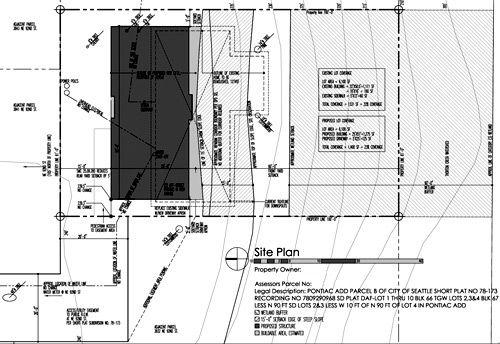
The next image is a diagrammatic study of a new home on an existing foundation that takes the process a step further. Once the land use, building code and easements issues (noted above) are satisfied, the study focuses on a schematic architecture plan that meets the needs of the clients, takes advantage of the site and fulfills the community covenants. The diagram illustrates a basic room layout and verifies that the existing foundation can accommodate the new home. The diagram starts exploring interior functions and the relationship to the landscaping. Key aspects of the site are expanded on to develop the qualities of the project. This isn’t quite “architecture” yet, it’s still what we would consider the diagrammatic phase, but it’s getting close. A good ‘high level’ diagram sets the stage for great architecture.
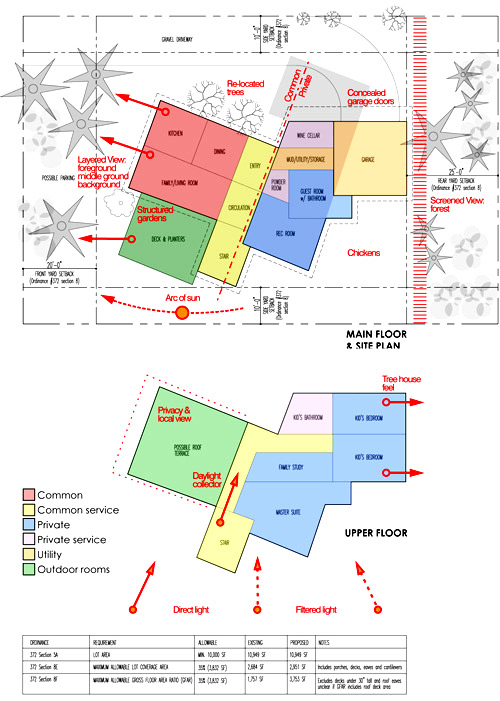
In our experience with these studies, the property being analyzed meets the requirements approximately 90% of the time, and the client moves forward with the purchase. Every so often, the project doesn’t make logistical or financial sense and the client opts out of the purchase, having spent only the preliminary design fee to analyze the property. While it’s a disappointing to spend a bit of money on the analysis, it beats the heck out of accidentally owning a piece of unusable property (a much bigger expense on the psyche and the pocketbook).
The fee for the analysis is typically less than 1% of what the overall property purchase and project cost will be. When the purchase moves forward, this fee is put directly toward the design fee, since these items are part of the design process anyway. There are 4 primary deliverables of the analysis package: as-built plans of the existing structure (where needed/ applicable), a written building code analysis with diagram, schematic design options (like the ones above), and accurate project costs with related timeline for the project (ie. a comprehensive roadmap/ gameplan).
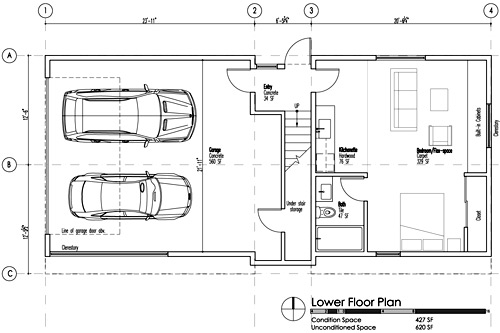
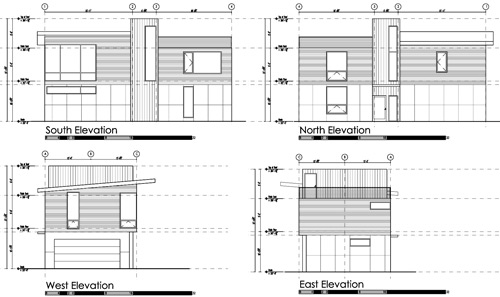
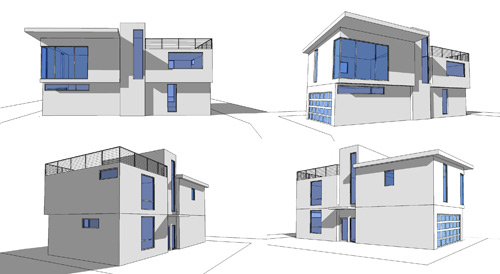
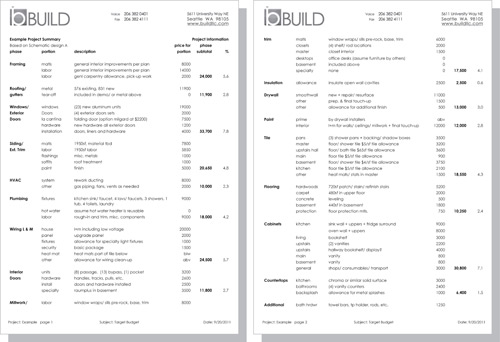
Once all these pieces are in place, we’ve got a clear sense of what the finished project will look like, feel like, how long it will take, and what the price tag of that result will ultimately cost. There’s usually a very clear point in the analysis at which the purchase either makes sense, or doesn’t. One bright side on that 1 in 10 where it doesn’t make sense to go forward, we can quickly turn what we’ve learned on the rejected site and apply that to another candidate easily.
For more information about how the architecture process occurs after the feasibility study, we recommend reading this.
For more information on what projects cost, we recommend reading this.
For more information about the design-build process, we recommend reading this.
To stay in the game and get the play-by-play, we recommend keeping in touch via twitter.
Cheers from team BUILD





